Viola da gamba Treble by Gio. Balla Bugger
Mantua, 1630 (or 1636)
<
Catalog 88. Viola da gamba, treble, Gio. Balla Bugger – Mantua, 1630
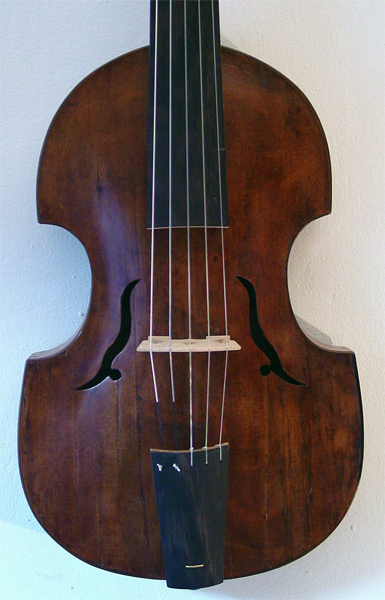 |
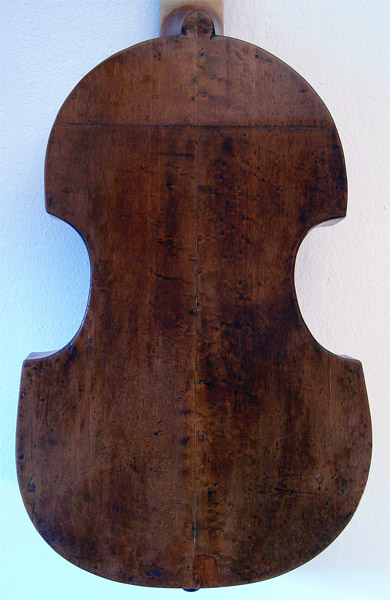 |
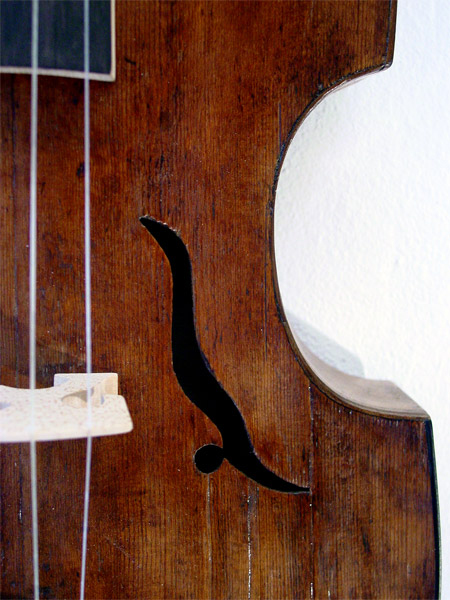 |
|
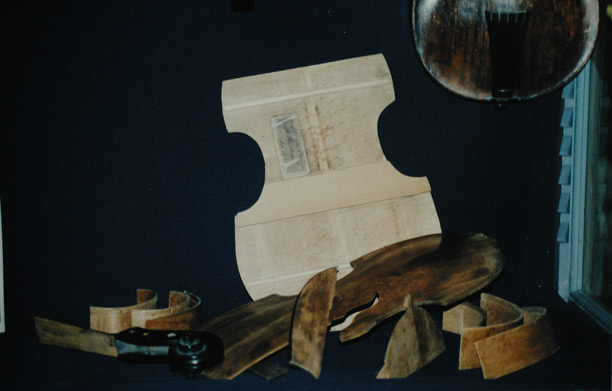
State of the instrument at date of acquisition |
|
Judging from the name, the maker probably came from the so-called “Allemanisch” region: South Germany, Switzerland, Western Austria. After the pest of 1630 many luthiers from the North settled in Italy to replace the deceased ones. The form of the instrument resembles that of the bass viol by Ventura Linarolo from 1585 (Nr. 97). It is one of the earliest examples of a flame whole, although the Hans Busch viols of this period also show a variety of sound holes. This treble viol, one should note, is a contemporary of Monteverdi, also a native of Mantova, whose main instrument was the viola da gamba!
Recent investigations by Ugo Ravasio, Brescia, have demonstrated the presence of a group of violin makers predominantly in Brescia and Northern Italy, calling themselves “tedeschi” immediately after the demographical devastations of the pest of the 1630’s. Apparently they immigrated to Italy to replace the luthiers who had perished during that plague. The second name on this magnificent treble viola da gamba cannot be read with certainty. Very clear are the first name: “Gio” and the last: “Bugger”. The middle name has a very clear B at the beginning, then what appears to be an “a”, followed by two letters, the first of which is probably an “L”, the next could also be an “l” or a “t”, the last letter is again an “a”. Thus the name could be “Balla”, “Balta”. Given that the Italians do not use the letter “W”, this could then be interpreted as an Italianisation of any of the following: “Walla”, “Walta”. The double g in Bugger points possibly to the “Alemanisch” region of South Germany, Switzerland and Austria, where it is spoken as “ck”. (Pronounce English: “Booker”). However, if the use of the two g’s is an adaptation to the Italian language, the name could have originally been “Bucher” (Pronounce English: Boo – her).
Neither Ugo Ravasio nor I have any clues as to this viol maker and would be very glad to receive any information our readers may have!
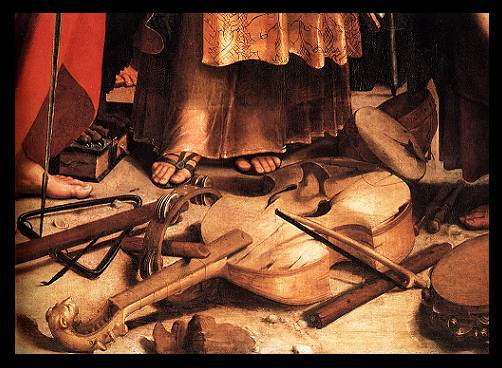
A very similar instrument in painting:
Raffaello: Sancta Cecilia, ca. 1518

Another instrument of the same form, this time from a mass book
published in 1564 in Rome (Priv. collection Marc Strümper)
Note the similarity of the bridges in the two depictions
See also the bass viol by Ventura Linarolo, which has a similar outline.
The Italian Renaissance and Early Baroque viols in concert: Music for Charles V and Philip II
Juan Vasquez: Hermosissima Maria
| Body length | 382 mm |
|
Upper width
|
207 mm |
| Middle width | 140 mm |
| Lower width | 246 mm |
| Rib height | 49 mm |
| String length | 410 mm |